
Kevin, how did you become a graphic novelist?
I have always loved comics, ever since I first laid eyes on them as a kid. When I became older, I read an ad in one of the comics that announced a comic book school, The Joe Kubert School. The next year I was studying from of the very experts that had inspired me as a kid. I soaked in all the information I could and drew non-stop all day long. That all launched my career.
What is your personal fascination concerning this artform?
It is imagination that goes in the work, each panel tells the story without reading the scripted word. The action, gestures of the characters, and the drama from lighting and coloring has inspired me to draw from an early age.
How would you define your individual style as a graphic novelist?
I like action, extreme camera angles, dramatic lighting, and emotive gestures from the characters. I try to find all of that within each image.
Why do you think are graphic novels an appropriate medium when especially dealing with historical issues such as the Holocaust?
Graphic novels are so flexible when it comes to just about any topic. I think they are especially important when dealing with dramatic, deep thinking, interpretation of past events that carry such historic significance.
How do you normally proceed when realising an image?
I will start out gaining the important information from the client and any research I need to do to have a better understanding of the project. From there I will create a thumbnail or rough that will help me communicate my vision for the project. If the client agrees with what I see as being on track for their overall vision of the project, I will then work up a tight pencil version. This step is where I will create accurate perspective, detailed characters, and any ancillary items that need to be included to complete the overall atmosphere of the image. I receive client approval and finish out the work with inks and colors.
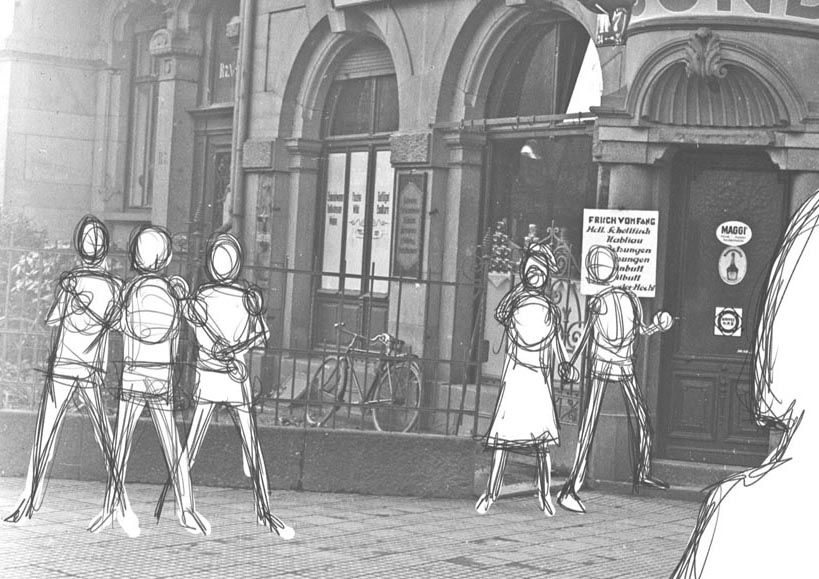
Step 1: First Draft
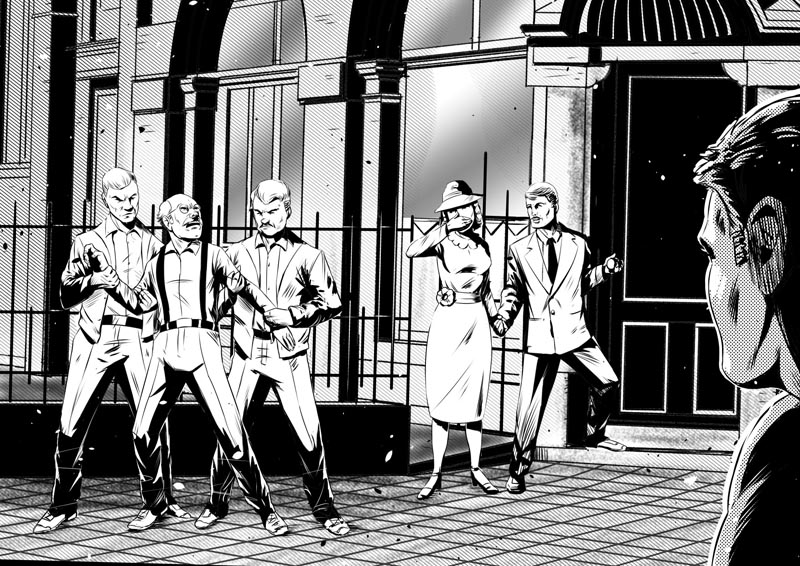
Step 2: Ink Version
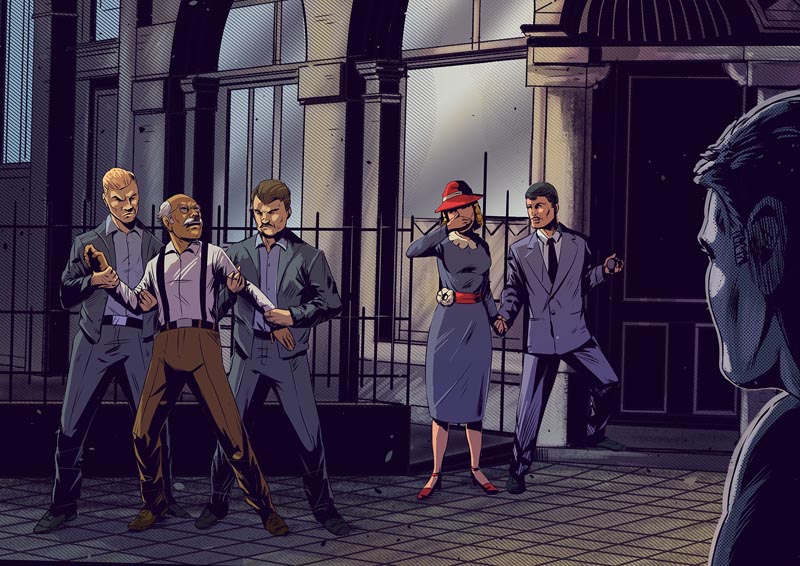
Step 3: Final Illustration
You have not known Mannheim and its local incidents before. Was this a challenge for you?
Yes, it was a real challenge as I had to rely on the clients very detailed notes and photographs and I could not always make out intricate details on some very interesting buildings, uniforms, etc.. When I had a hard time being able to see details within the reference photos I tried doing my own research but that did not yield any additional information. Then, I would ask for additional photos from the client and any added information they could assist with.
Due to the geographical distance we had to work together via e-mail. Did this approach make things more difficult than usual?
No, not really. I tend to work with most clients completely through e-mail, it is very rare that I have a phone call or video call.
Die NS-Ausstellung "Was hat das mit mir zu tun?" ist ab Anfang Dezember 2022 im MARCHIVUM zu sehen.
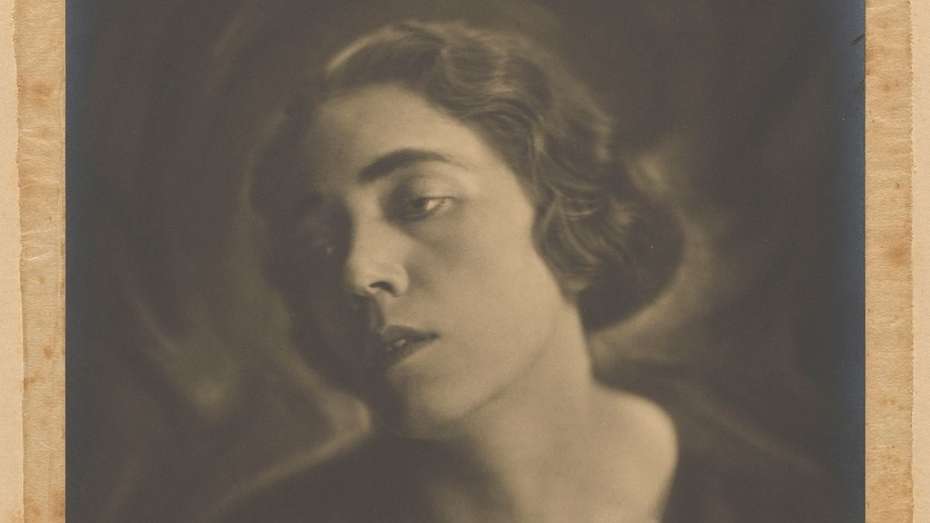
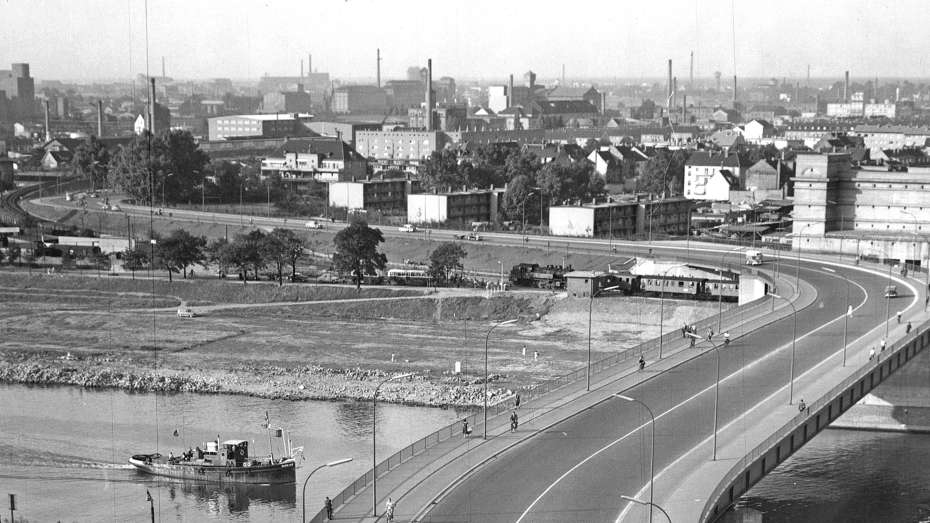
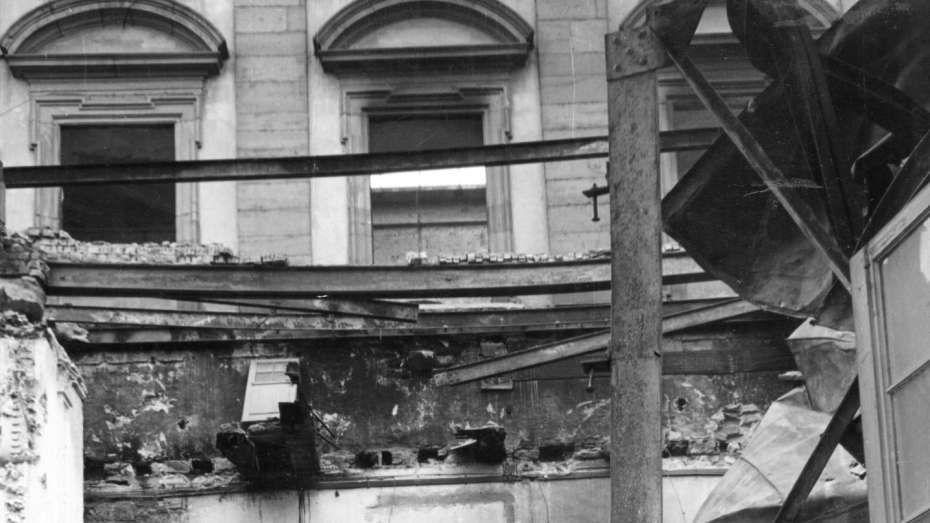
Social Media Links